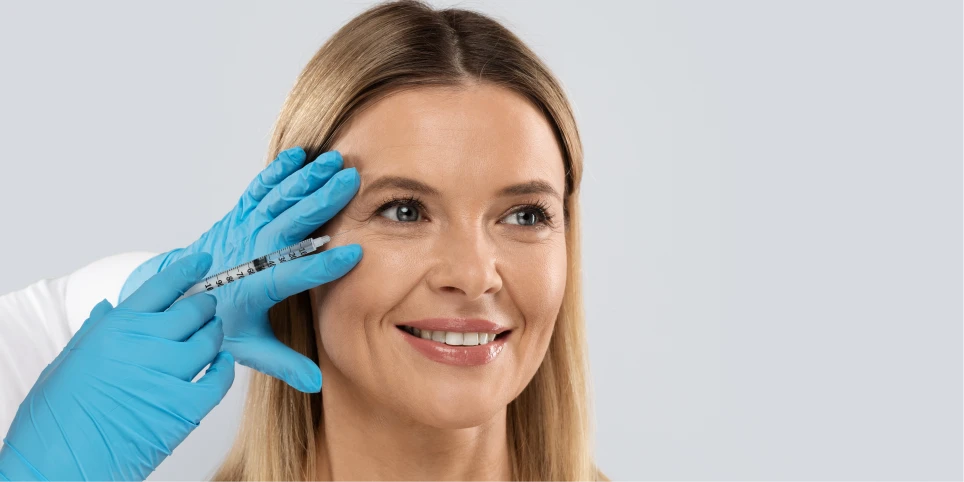Botox vs. Dermal Fillers: Choosing The Best Option For You
In terms of cosmetic intervention, deciding between Botox and dermal fillers could seem like walking in a minefield for someone longing for facial rejuvenation. One needs to consider its details to ensure that the choice between the two popular options has been well-reasoned.Here comes a comparison between Botox and dermal fillers, including their purpose, mechanism of action, application area, duration of the effect, common adverse effects, and the role of professional advice.
Botox:
The name of the cosmetic Botox treatment has almost grown into a household term associated with wrinkle smoothing and revitalizing the face. Such a drastic effect results from the muscle-paralyzing properties of the substance botulinum toxin, which temporarily incapacitates them, preventing contraction and wrinkle formation.It is especially well suited to smooth out dynamic wrinkles, such as those developed due to squinting one’s eyes while sunbathing or frowning intensely. Botox gives the patient a more youthful appearance by inhibiting muscles that form such wrinkles.
Dermal Fillers:
Injectable fillers act in a completely different fashion from Botox by allowing volume to be added or subtracted from a specific site. Instead of the muscle that forms wrinkles, its content, or the whole wrinkle, is filled in.Dermal fillers are widely used for volume restoration, plumpness, and eliminating static wrinkles even when the face isn’t moving. It can plump the cheeks, lips, and other parts of the face. The final goal of dermal fillers is to return calculated volume and dimensions to one’s face.
Mechanism of Action:
While Botox and dermal fillers differ in their mechanisms of action, they both achieve the common goal of facial rejuvenation. Botox inhibits muscle contraction, thereby smoothing out wrinkles caused by repetitive movements. In contrast, dermal fillers physically fill in wrinkles and add volume to specific areas of the face, revitalizing a more youthful appearance.Areas Targeted:
While Botox is limited to treating dynamic wrinkles on the forehead, around the eyes, and between the eyebrows, dermal fillers can enhance the lips, cheeks, chin, and temples and soften lines and wrinkles around the mouth and nose.Wrinkle Reduction vs. Volume Restoration:
The Botox and dermal fillers debate often boils down to whether wrinkle reduction or volume restoration is the best solution for the problem area. Botox may be the right option if the problem is solely due to muscle movement. If there is volume loss, then dermal fillers can be useful.Results Duration:
Another factor to consider when comparing Botox and dermal fillers is the timing of retreatment. Botox typically lasts three to four months, after which it must be redone. Depending on the filler type used and the area treated, dermal fillers can last six months to two years.Potential Side Effects:
While both Botox and dermal fillers come with some level of risk, including bruising, swelling, redness, and temporary pain at the site of the injection, these are usually mild and temporary, with side effects generally subsiding within a week to a couple of days post-treatment.Consultation With a Qualified Professional
Before making this decision, consult a professional who will recommend the most suitable type based on your goals and needs and your anatomical characteristics.Have you been thinking about facial cosmetic injections with Botox or dermal fillers nearby?
Miracle Dental has the best professionals to help you be the best version of yourself with our excellent cosmetic treatments. We will help you explore your options and work together to find a method to tackle your appearance transformation. Remember that choosing is challenging for any procedure, as self-aware decisions and medical professional guidance strive for the most striking yet natural outcomes.

